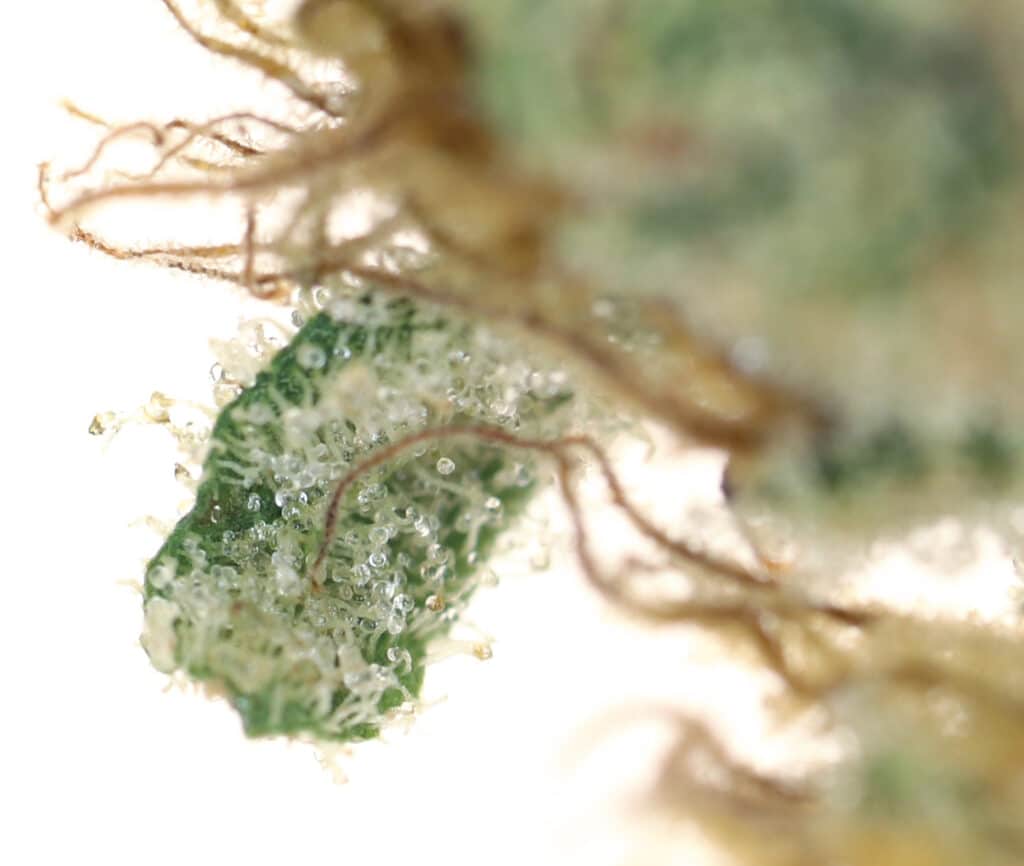Solventless extracts have been making a big splash in the cannabis community, but what’s actually the difference between extracts that are made using solvents and solventless extracts?
Why use solvents on cannabis?
Solvent-extracted concentrates use a solvent, such as CO2, butane or propane, to isolate the plant’s terpenes and cannabinoids into a consumable form. A variety of extracts can be produced using this technique, varying in texture, appearance, and cannabinoid and terpene content. Using chemical solvents became commonplace as it’s traditionally the most efficient and the highest yielding means of extract production.

Due to stringent regulations the amount of solvent that can be traced in your extracts is miniscule and has no known effect on the human body when purchased from a licensed dispensary.
Then why make solventless extracts?
Cannabis extracts can also be made without the use of chemicals, making them ideal for medicinal consumption. Some of the oldest forms of cannabis concentrates in the world like charas, a form of hand-rubbed hash traditionally made on the Indian subcontinent, are in fact solventless concentrates. These ancient techniques have been modified with modern advances like ice water extraction to create incredibly flavorful and pure concentrates from hashes to rosins that offer a variety of textures, colors, and price points.
Not sure where to start? You can ask a Health & Happiness Consultant (or book a consultation) about the difference in extracts and learn more about what’s the best option for you.
And learn more about solventless concentrates in our article What Are Cannabis Concentrates?


